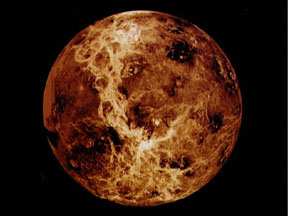This awesome image of Venus was taken by the Magellan spacecraft.
Click on image for full size
Courtesy of NASA
Discover Venus
Venus is one of the brightest objects in the sky. It is always found near the Sun. It rises and sets each day, so it has the nicknames Morning and Evening Star!
Scientists found that Venus rotates backwards. This means that on Venus the Sun rises in the west and sets in the east. We've sent a lot of spacecrafts to visit Venus. They found out that Venus' atmosphere is mostly carbon dioxide and sulfuric acid. This is not good air to breathe!
Magellan went to Venus in 1990. It made a map of the surface of Venus. I guess if we ever visit, we won't get lost!
You might also be interested in:
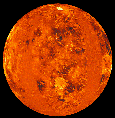
Venus is the second planet from the Sun, and is Earth's closest neighbor in the solar system. Venus is the brightest object in the sky after the Sun and the Moon, and sometimes looks like a bright star
...more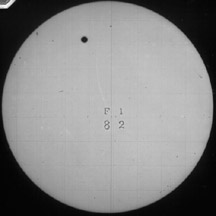
Sometimes the planet Venus goes between Earth and the Sun. From Earth it looks like a black dot moves across the Sun. Astronomers call this a transit of Venus. Transits of Venus don't happen very often.
...more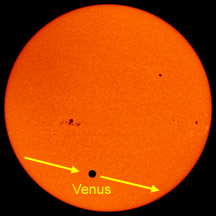
Sometimes the planet Venus gets between Earth and the Sun. When it does, we see a black dot move across the Sun. The black dot is Venus. Astronomers have a name for this. They call it a "transit"
...more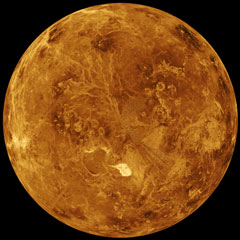
Venus is the hottest planet in our Solar System. On Earth, places near the equator are hot. Places near the poles are cold. On Venus, it is really hot everywhere... even at the North and South Poles. Venus
...more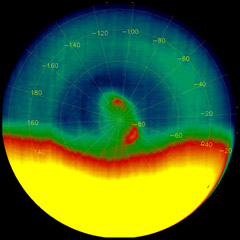
A vortex is a swirling, circular movement of air and clouds... like in a tornado or hurricane. The plural form of vortex is "vortices". The planet Venus has vortices in its atmosphere above each of its
...more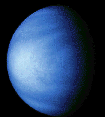
The following may be the history of Venus. at the conclusion of forming it continued to be hit with leftover material. Venus warmed from inside, and separated into layers. Because Venus is close to the
...more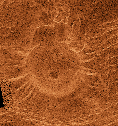
This is an example of a volcanic tick.
...more


